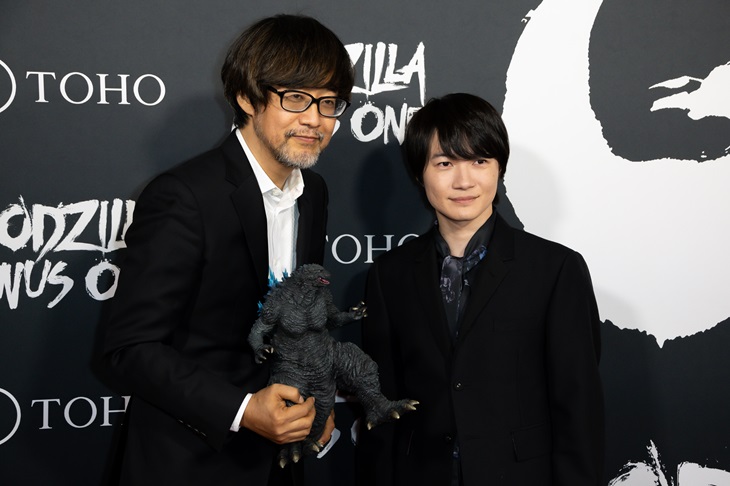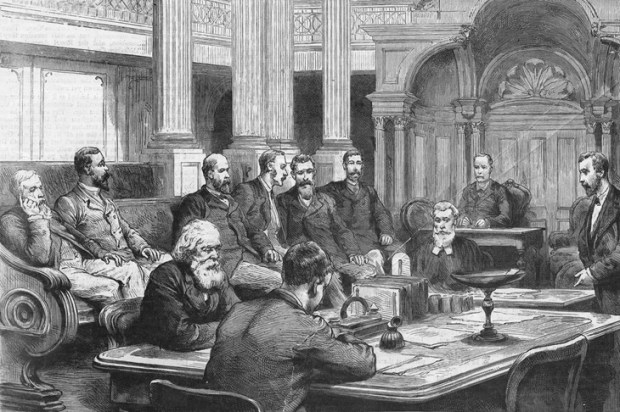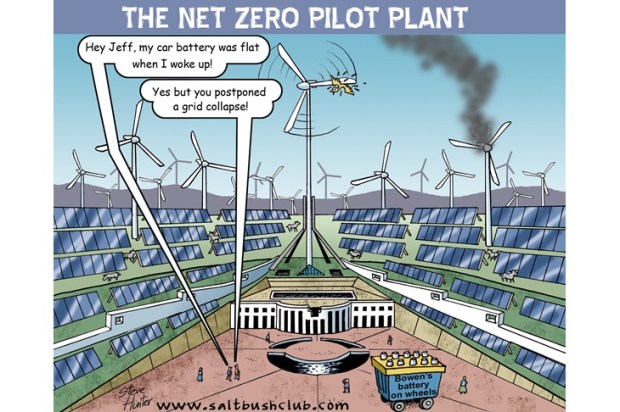In 1954, Ishirō Honda released Gojira. The movie centres on Godzilla, a gigantic reptile that is brought to life after being exposed to years of nuclear radiation and transforms into a terrifying atomic-fuelled monster. It was Toho Studio’s retort to The Beast From 20,000 Fathoms, which came out the previous year. Gojira was Japan’s debut entry into the genre of nuclear-themed science fiction/horror films known to fans and nerds alike as creature features.
Honda’s movie was re-titled Godzilla: King of the Monsters after it was edited, dubbed into English, and sold to an American distributor.
Already a subscriber? Log in
Subscribe for just $2 a week
Try a month of The Spectator Australia absolutely free and without commitment. Not only that but – if you choose to continue – you’ll pay just $2 a week for your first year.
- Unlimited access to spectator.com.au and app
- The weekly edition on the Spectator Australia app
- Spectator podcasts and newsletters
- Full access to spectator.co.uk


























Comments
Don't miss out
Join the conversation with other Spectator Australia readers. Subscribe to leave a comment.
SUBSCRIBEAlready a subscriber? Log in